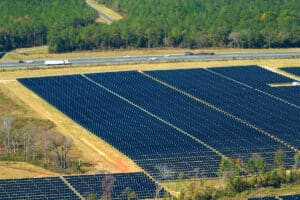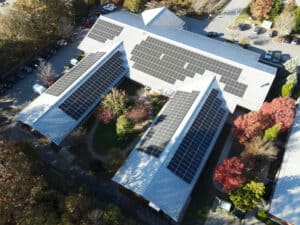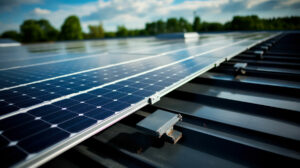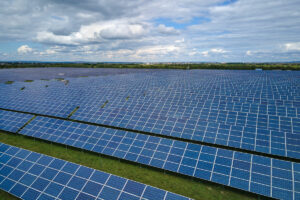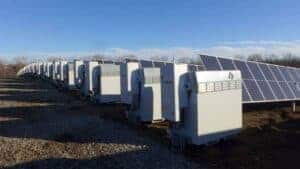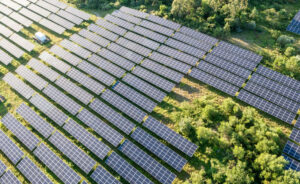According to Nielsen, more and more business owners are planning to make their facilities and work processes more energy-efficient. However, installing energy systems in facilities can be very expensive. Luckily, there are several different payment options in the market that are without out-of-pocket expense, allowing business owners to be flexible with their energy investment.
Government Energy Funds
According to the U.S. Department of Energy, there are four different federal funding opportunities, targeting different types of businesses. Within all of the following options, the U.S. Department of Agricultural Rural Development Energy Program (REAP) is the only option that does not target governmental facilities; thus, the most useful option for small business owners.
- State Energy Program – Competitive Financial Assistant Program: provides financial assistance to “U.S. states and territories to advance policies, programs, and market strategies that accelerate job creation and reduce energy bills while achieving energy and climate security for the nation.”
- DOE Office of Energy Efficiency and Renewable Energy Financial Opportunities: funding opportunities targeting businesses, industries, universities, and others.
- Environmental Protection Agency Local Climate and Energy Program: energy funding for local governments to advance their climate change mitigation and clean energy goals.
- U.S. Department of Agricultural Rural Development Energy Programs (REAP): offers grants (up to 25% of total project costs) and loans (up to 75% of total project costs) that can be used for energy efficient and renewable energy projects. This is a great financing option for rural small businesses with 50,000 people or less.
Third-Party Investors
According to the United States Environmental Protection Agency (EPA), third-party financing is a well-established financing solution and is one of the most popular methods of solar financing.
Third-party solar financing usually occurs in two forms: solar leases and power purchase agreements (PPAs), according to the EPA. In the lease model, the customer signs a contract with the installer to pay for the use of the energy system over a period of time instead of paying for the power generated. In the PPA model, “the developer sells the power generated to the customer at a fixed rate” and the energy system “offsets the customer’s electric utility bill.”
Repayment terms with third-party investors are usually within 5 to 7 years with a fixed interest rate of 5 to 6%.
Bank Loans for Energy Projects
A wide variety of banks are providing bank loans for business owners to fund their energy investment, including Bank of America, PNC, CIT etc. Different banks have different policies and offers for energy funding.
EnergyLink has been working closely with many banks in its areas. Some of the past projects were very creative with financing from using existing equity in the facilities to collateralize the loan to utilizing a conventional commercial plan.
PACE Financing
PACE financing, or property-assessed clean energy financing, is an off-balance sheet funding tool that adds an annual assessment to the business’ property taxes and doesn’t utilize any of the existing lines of credit.
Similar to other project financing methods, business owners borrow capital from PACE providers to pay for the construction costs and install energy efficiency or renewable energy improvements for the new energy system. PACE allows business owners to plan smartly with a flexible budget at the starting phase of constructing new energy systems and ensures enough capital to invest in the business development.
Energy Performance Contracts from EnergyLink
In addition to helping with financing options provided by outside organizations, EnergyLink also provides a unique financing option to our customers. After the installation of the energy project, a portion of the monthly savings will finance project costs, and leave the business owners with 5 to 20% monthly savings (after deducting an agreed upon monthly fee, which is deducted from the energy savings generated).
Utility Loans & Rebates
Last but not least, local utilities offer loans to help businesses make energy improvements to their buildings. The interest rate and terms vary based on specific projects. Contacting the local city of the business or utility provider to see if they offer any efficiency or renewable energy loans will be the fastest way if the business is interested in this option.
Some utility providers also offer rebates for installing energy efficiency and renewable energy systems. The monetary amounts vary by utility provider, but they are often substantial and make energy projects much more worthwhile. To see some examples of utility rebate programs, click here.
No matter which option you are interested in, EnergyLink is always here to help. Click here to counsel our financing experts for FREE today!

